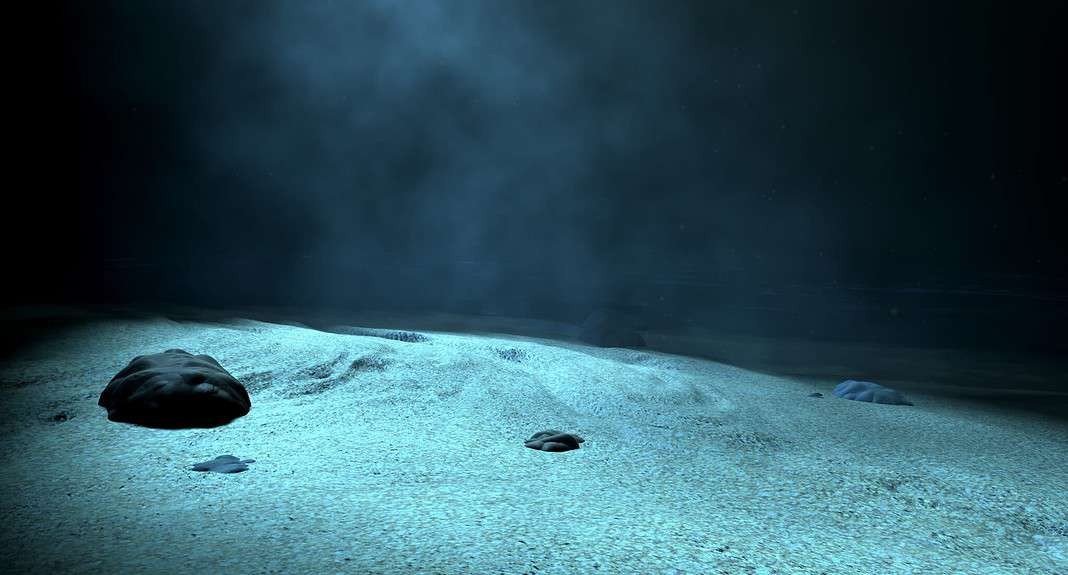The National Oceanography Centre (NOC) has released the results of a study that has shown that there is a viable method to store carbon dioxide offshore.
The undersea storage method is called “carbon capture and storage (CCS).”
The scientists conducted experiments off the coast of Scotland, where they were able to measure the amounts of CO2 released by carbon capture and storage methods. CSS involves separating CO2 produced during the industrial process and then transporting it to the sea bed, where it is injected into rock formations and former oil and gas reservoirs deep under the sea.
The study shows the efficacy of the methods and the feasibility of monitoring the long-term release if any of the tiniest amounts of C02 are stored undersea.
According to the study’s lead author and Associate Director for Science and Technology at the National Oceanography Centre, Professor Douglas Connelly:
“Carbon capture and storage is a key mitigation strategy for keeping the global temperature rise below 1.5 C and offshore storage can provide up to 13% of the global CO2 reduction target. The artificial CO2 release in our study enabled us to detect any emissions to the marine environment using acoustic, chemical and physical approaches as well as identifying the location of any leaks – something not previously achieved. Showing that carbon capture and storage is safe, as well as being able to monitor any unintended emissions of CO2, is a crucial step towards much larger implementation of this technology. We have combined existing off-the-shelf technology with the NOC’s new sensors, methodological approaches and state-of-the-art modelling work, taking a major step forward in assuring that offshore CO2 storage is safe. This report will help inform both the public and the regulators that this is a safe process and in doing so, providing regulators and governments the tools they need to effectively regulate the conformity of future storage facilities.”
While the project acoustic lead and University of Southampton Professor Jonathan Bull said:
“We have demonstrated that very small quantities of CO2 can be detected and quantified using passive and active acoustic techniques, including systems mounted on autonomous underwater vehicles.”
You can find the original research paper here.

